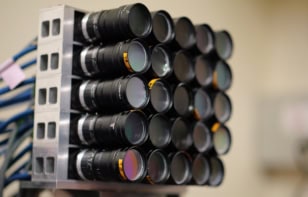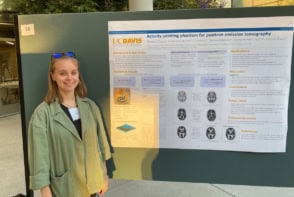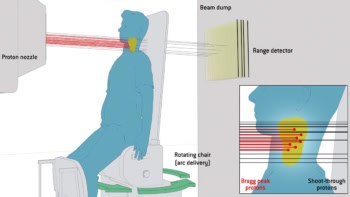A group of physicists has solved a surgical mystery that has puzzled doctors for over 70 years. When a patient suffers high blood pressure, small blood vessels tend to alternately constrict and dilate along their length, forming a "sausage-string" pattern that is damaging to the patient. Previously physicians had thought that the blood vessels had suffered a "blow-out", but closer examination by Finn Gustafsson and colleagues in Denmark and Spain reveals that the blood pressure is too small to cause such an effect. Instead they suggest that the elasticity characteristics of the vein cause the problem. The work has been submitted to Physical Review Letters.
Experiments on the effect have been performed by introducing a compound called angiotensin II into the blood stream of a rat. This compound narrows the diameter of the blood vessels, which increases the blood pressure and leads to the formation of the “sausage-string” pattern in the blood vessels. If the angiotensin II is removed, the blood vessel returns to its previous shape. Gustafsson’s group suggests that the shape of the blood vessel becomes unstable at high blood pressure if the inner radius of the vessel becomes perturbed.
Gustafsson and co-workers defined a quantity, I(r), in terms of the dimensions and elastic properties of the vessels. If I(r) is positive, then the stress on the vessel increases in such a way to keep the blood vessel cylindrical in shape. However, if I(r) is negative, the radius of the vessel at that point becomes smaller, increasing the pressure and causing blood to flow away from this region. This further reduces the radius, eventually leading to the “sausage-string” pattern in the vein. According to their equations, the length of each “sausage” should be 5-10 times the radius of the vessel, which is backed up by experimental evidence. The theory also explains why similar patterns are not seen in larger blood vessels.



